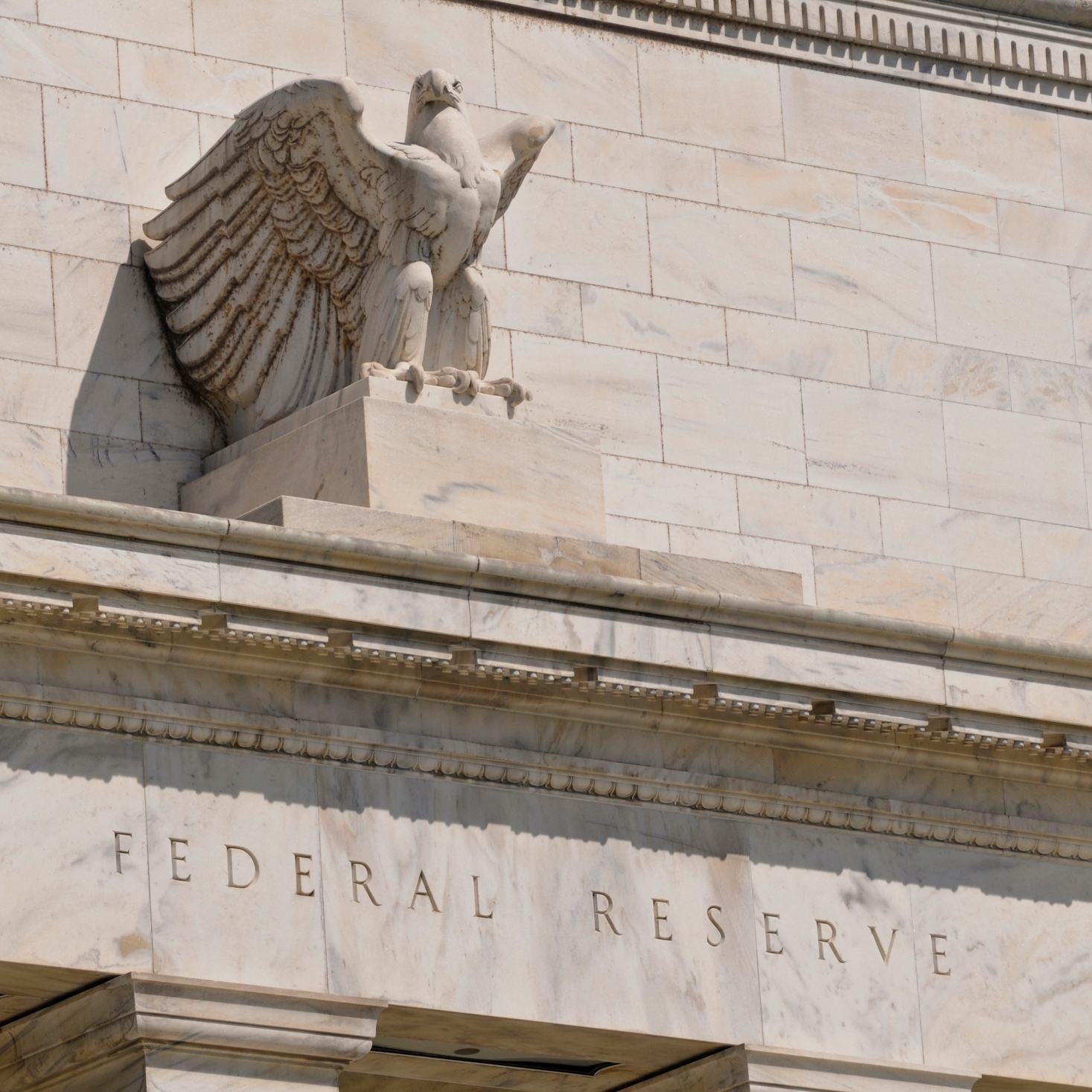Economy
Federal Reserve Delivers Mixed Hawk-Dove Wording With No Fed Funds Hike
Published:
Last Updated:
Janet Yellen and the Federal Reserve have ended their October FOMC meeting. The decision to not change interest rates (Fed Funds) was not a surprise at all, and the vote was 9 to 1 to keep Fed Funds at the 0.00% to 0.25% target. What mattered here was how the Fed was evaluating the international economic scene and the slowdown of economic activity in the last 90 days or more.
The committee is monitoring international developments might be seen as a downgrade. It was Richmond Fed President Jeffrey Lacker who dissented, again.
A signal was made that a rate hike could come in December, and the statement about global developments restraining the economy was removed. The FOMC is still monitoring the global economic and financial developments.
Overall economic activity has been that the economy is expanding at a moderate pace — although job gains slowing might be a downgrade to the Fed’s view on the job market.
As 24/7 Wall St. noted earlier this week, almost every single economic report was signaling a slower economy rather than an expanding economy. That alone, particularly if the Fed remains so data-dependent, might push the rate hike cycle’s start-date out into 2016.
Wednesday’s opening statement said:
Information received since the Federal Open Market Committee met in September suggests that economic activity has been expanding at a moderate pace. Household spending and business fixed investment have been increasing at solid rates in recent months, and the housing sector has improved further; however, net exports have been soft. The pace of job gains slowed and the unemployment rate held steady. Nonetheless, labor market indicators, on balance, show that underutilization of labor resources has diminished since early this year. Inflation has continued to run below the Committee’s longer-run objective, partly reflecting declines in energy prices and in prices of non-energy imports. Market-based measures of inflation compensation moved slightly lower; survey-based measures of longer-term inflation expectations have remained stable.
Here is a new statement that leads the “Next Meeting” timing:
To support continued progress toward maximum employment and price stability, the Committee today reaffirmed its view that the current 0 to 1/4 percent target range for the federal funds rate remains appropriate. In determining whether it will be appropriate to raise the target range at its next meeting, the Committee will assess progress–both realized and expected–toward its objectives of maximum employment and 2 percent inflation. This assessment will take into account a wide range of information, including measures of labor market conditions, indicators of inflation pressures and inflation expectations, and readings on financial and international developments. The Committee anticipates that it will be appropriate to raise the target range for the federal funds rate when it has seen some further improvement in the labor market and is reasonably confident that inflation will move back to its 2 percent objective over the medium term.
ALSO READ: The 10 Most Profitable Companies In The World
Additional outlook data was said as follows:
The Committee continues to see the risks to the outlook for economic activity and the labor market as nearly balanced but is monitoring global economic and financial developments. Inflation is anticipated to remain near its recent low level in the near term but the Committee expects inflation to rise gradually toward 2 percent over the medium term as the labor market improves further and the transitory effects of declines in energy and import prices dissipate. The Committee continues to monitor inflation developments closely.
All in all, this seems a tad more hawkish but the Fed still remains very data-dependent.
Credit card companies are at war, handing out free rewards and benefits to win the best customers. A good cash back card can be worth thousands of dollars a year in free money, not to mention other perks like travel, insurance, and access to fancy lounges. See our top picks for the best credit cards today. You won’t want to miss some of these offers.
Flywheel Publishing has partnered with CardRatings for our coverage of credit card products. Flywheel Publishing and CardRatings may receive a commission from card issuers.
Thank you for reading! Have some feedback for us?
Contact the 24/7 Wall St. editorial team.